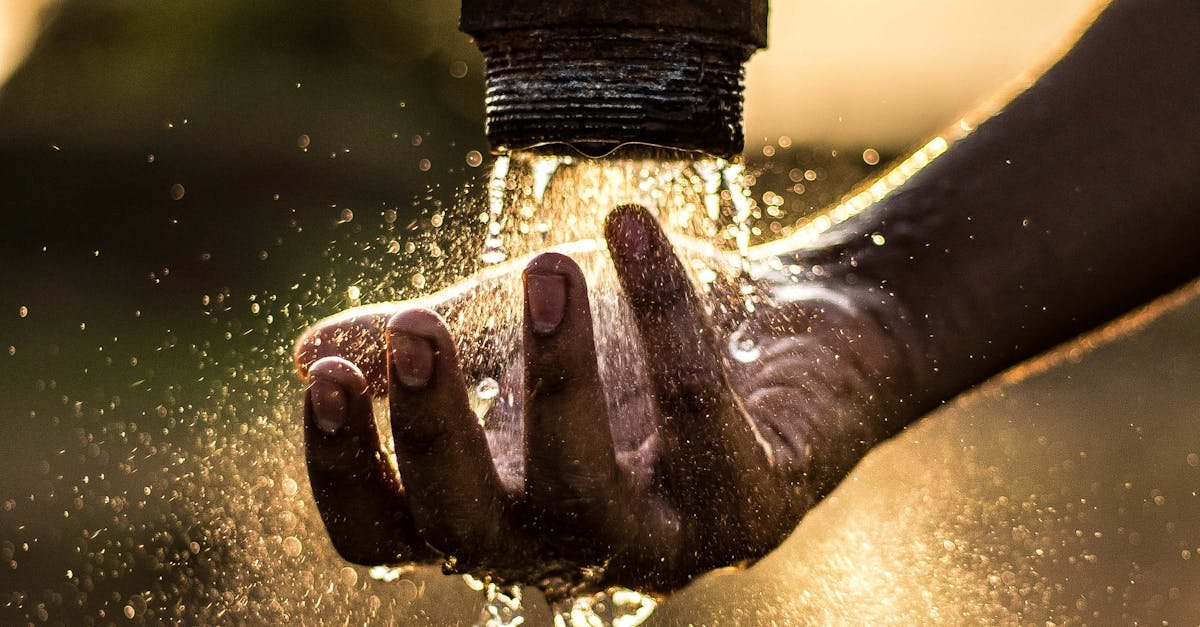Freshwater is an essential resource for all life on Earth. It is essential for drinking, irrigation, and maintaining healthy ecosystems. Unfortunately, freshwater resources are increasingly becoming contaminated, and one of the primary sources of contamination is industrial pollution. Industrial activities such as manufacturing, mining, and chemical processing release a wide range of pollutants into freshwater sources such as rivers, lakes, and groundwater. This article discusses the impacts of industrial pollution on freshwater, the sources of industrial pollution, and highlights some of the measures that can be taken to address this problem.
Sources of Industrial Pollution:
Industrial pollution originates from a wide range of activities, including manufacturing, mining, energy production, and waste disposal. Industrial activities generate a large amount of waste that contains toxic chemicals, heavy metals, and other pollutants that can be harmful to the environment and human health.
Manufacturing processes are one of the most significant sources of industrial pollution. The manufacturing of chemicals, plastics, and other products produces a large amount of wastewater, which is often discharged into freshwater sources without proper treatment. This wastewater can contain a wide range of contaminants, including heavy metals, chemicals, and organic compounds, which can accumulate in freshwater sources, leading to adverse environmental and health impacts.
Mining is another significant source of industrial pollution. The process of extracting minerals and metals from the earth requires a large amount of water, which can become contaminated with toxic chemicals and heavy metals. Mining waste, including tailings and acid mine drainage, can also contaminate freshwater sources, leading to long-term environmental damage.
Energy production is also a significant source of industrial pollution. The burning of fossil fuels releases greenhouse gases such as carbon dioxide and methane into the atmosphere, contributing to climate change. Additionally, the production of electricity often requires large amounts of water, which can become contaminated with pollutants.
Impacts of Industrial Pollution on Freshwater:
The impacts of industrial pollution on freshwater are diverse and far-reaching. Some of the most significant impacts include:
- Loss of Biodiversity:
Industrial pollution can harm aquatic plants and animals, leading to a loss of biodiversity. Polluted water can reduce oxygen levels, making it difficult for fish and other aquatic animals to survive. Additionally, some pollutants can be toxic to aquatic life, causing long-term damage to ecosystems. This loss of biodiversity can have a ripple effect throughout the ecosystem, impacting other species that depend on these organisms for food and other resources.
- Human Health Risks:
Industrial pollution can pose significant risks to human health. Drinking contaminated water can lead to a wide range of illnesses, including gastrointestinal diseases, skin irritation, and respiratory problems. Additionally, exposure to pollutants such as lead and mercury can have long-term health impacts, including neurological damage and developmental disorders. Communities that rely on contaminated freshwater sources for their water supply are particularly at risk.
- Economic Impacts:
Industrial pollution can have significant economic impacts. Contaminated water can make it difficult for communities to rely on freshwater sources for agriculture and other economic activities. Additionally, cleaning up contaminated water sources can be expensive, and the costs are often borne by taxpayers or industry. Tourism is another economic activity that can be impacted by industrial pollution, as contaminated water sources may deter tourists from visiting.
- Climate Change:
Industrial pollution can contribute to climate change by releasing greenhouse gases such as carbon dioxide and methane into the atmosphere. Additionally, some industrial pollutants, such as black carbon, can directly contribute to warming by absorbing heat and reducing the reflectivity of ice and snow. Climate change can also impact freshwater sources by altering precipitation patterns and causing more frequent and severe droughts and floods.
Measures to Address Industrial Pollution:
There are several measures that can be taken to address industrial pollution and reduce its impacts on freshwater sources. Some of the most effective measures include:
- Industrial Regulation:
Governments can regulate industrial activities to reduce pollution.This can be done by setting strict environmental standards for industrial processes and wastewater discharges, and by enforcing these standards through penalties and fines for non-compliance. Governments can also require industries to invest in pollution control technologies, such as wastewater treatment plants, to reduce the amount of pollutants released into freshwater sources.
- Pollution Prevention:
Another effective approach to addressing industrial pollution is pollution prevention. This involves identifying and eliminating the sources of pollution before they are released into the environment. Industries can implement measures such as using non-toxic chemicals, reducing water usage, and recycling waste products to prevent pollution from occurring in the first place.
- Sustainable Production:
Sustainable production is an approach to manufacturing that focuses on reducing the environmental impact of industrial processes. This can involve using renewable energy sources, reducing waste and emissions, and designing products for durability and recyclability. By implementing sustainable production practices, industries can reduce their environmental footprint and minimize their impact on freshwater sources.
- Public Awareness and Education:
Public awareness and education are essential for addressing industrial pollution. By raising awareness of the impacts of pollution on freshwater sources and human health, communities can advocate for stricter regulations and pollution prevention measures. Additionally, education programs can help individuals and industries understand the importance of protecting freshwater sources and provide them with the knowledge and skills needed to reduce their environmental impact.
CONCLUSION
The contamination of freshwater by industrial pollution is a critical environmental issue that requires immediate attention. The long-term effects of pollution on freshwater sources are devastating, impacting not only human health but also the ecosystem and economy. It is crucial to recognize that these impacts are not limited to a specific region or country but are a global concern. Therefore, we must all work together to address this issue and implement effective solutions.
Regulation, pollution prevention, sustainable production, and public awareness and education are all essential measures that can be taken to address industrial pollution. Governments, industries, and communities all have a role to play in reducing pollution levels and preserving our freshwater resources. While some of these measures may require investment and sacrifice, the long-term benefits of protecting our freshwater sources far outweigh the costs.
Moreover, the current state of our freshwater resources is not irreversible. We can take action to clean up polluted water sources and prevent future contamination. It is our responsibility to ensure that future generations can enjoy the same access to clean and safe water that we have today.
In addition, addressing industrial pollution is not just an environmental issue but also a social justice issue. The impact of pollution on freshwater sources is often felt disproportionately by marginalized communities who may not have access to alternative water sources or the resources to address the problem. Therefore, addressing industrial pollution must be done in a way that promotes equity and fairness for all.
– Krishna Yadav



